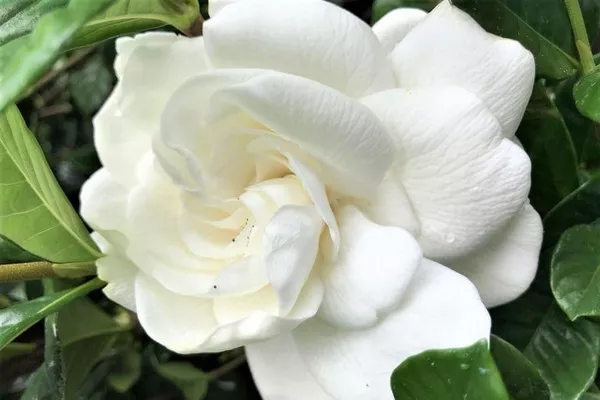When it comes to birth flowers, each month is adorned with a unique bloom that carries its own symbolism and significance. For the month of March, the birth flower is the daffodil. With its vibrant appearance and rich history, the daffodil holds a special place in both botanical and cultural realms. In this article, we will delve into the origins of the daffodil, its symbolism, its uses, and its role in various traditions and celebrations.
Daffodil: A Botanical Marvel
The daffodil, scientifically known as Narcissus, is a genus of spring-blooming flowers that belongs to the Amaryllidaceae family. Native to Europe and North Africa, these perennial plants are recognized for their trumpet-shaped flowers and distinct appearance. Daffodils come in a variety of colors, including yellow, white, and even pale pink, captivating the eyes of those who behold them.
The name “daffodil” is believed to have originated from the Greek myth of Narcissus, a handsome young man who fell in love with his own reflection and eventually transformed into a flower. This mythological connection adds a layer of intrigue to the daffodil’s identity, infusing it with a timeless allure.
1. Symbolism and Meanings
The daffodil is a harbinger of spring, often heralding the end of winter and the beginning of warmer days. Its vibrant blooms are synonymous with renewal, rebirth, and new beginnings. As a result, the daffodil is closely associated with positive attributes such as hope, inspiration, and optimism. Its ability to emerge from the ground after a period of dormancy makes it a symbol of resilience and the cyclical nature of life.
In addition to its general symbolism, daffodils hold different meanings in various cultures. In Chinese culture, for instance, the daffodil is linked to good fortune and prosperity. Its golden hue is reminiscent of wealth and success, making it a popular choice for decorations during the Lunar New Year.
2. Cultural and Historical Significance
Throughout history, the daffodil has held cultural significance in different civilizations. In ancient Rome, the daffodil was associated with the god Narcissus and was often used in ornamental gardens. It was also considered a symbol of vanity and self-admiration, drawing from the mythological tale.
In more recent times, the daffodil has been adopted as the symbol of various charitable organizations, most notably as a symbol of the fight against cancer. Daffodil-themed events and fundraisers are often held to raise awareness and funds for cancer research and support.
3. Uses in Art and Literature
The daffodil’s striking appearance and deep symbolism have inspired artists and writers for centuries. Perhaps one of the most famous references to daffodils is found in William Wordsworth’s poem “I Wandered Lonely as a Cloud,” where he describes a field of daffodils dancing in the breeze. This poetic depiction immortalizes the daffodil’s beauty and its ability to evoke emotions of joy and serenity.
Furthermore, daffodils have been depicted in various art forms, including paintings, sculptures, and even stained glass. Their timeless appeal and connection to nature make them a favorite subject for artists seeking to capture the essence of spring.
4. Cultivation and Care
For those born in March or anyone seeking to include daffodils in their garden, proper cultivation and care are essential. Daffodils are relatively easy to grow and are known for their hardiness. They thrive in well-draining soil and require moderate sunlight to bloom to their full potential. Planting daffodil bulbs in the fall allows them to establish their roots before the arrival of spring.
Once planted, daffodils require minimal maintenance. Regular watering and occasional fertilization can help ensure healthy growth and vibrant blooms. As with any plant, it’s important to be mindful of potential pests and diseases that could affect daffodils.
5. Celebrations and Traditions
In many cultures, daffodils play a role in various celebrations and traditions. In Wales, the daffodil is the national flower and is associated with St. David’s Day, the country’s patron saint. On this day, people proudly wear daffodil pins and accessories to commemorate their heritage.
Moreover, daffodils are often used to celebrate the arrival of spring and the renewal of life. In the United States, the National Daffodil Society promotes the cultivation and appreciation of daffodils through shows and exhibitions. These events showcase the diverse varieties of daffodils and allow enthusiasts to share their passion for these blooms.
Conclusion
The daffodil’s significance as the March birth flower reaches beyond its botanical beauty. With its symbolism of renewal, hope, and resilience, the daffodil holds a special place in the hearts of those born in March and in the culture and traditions of various societies. From ancient myths to modern charitable causes, the daffodil’s presence is a testament to its enduring appeal and timeless allure. As spring arrives each year, so too does the daffodil, reminding us of the beauty that can emerge from even the coldest of winters.


